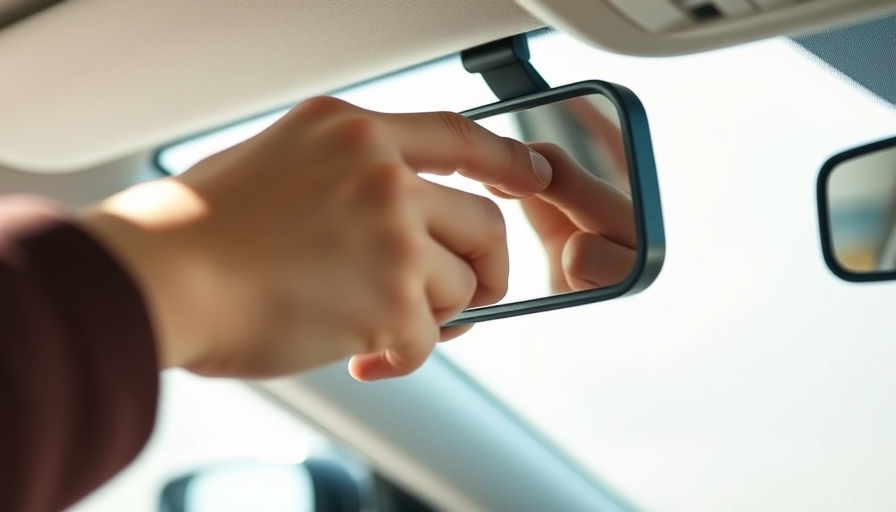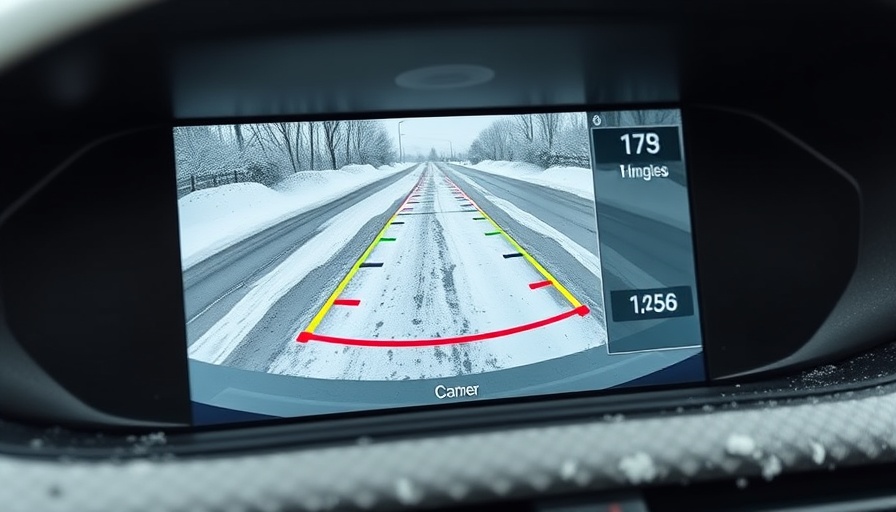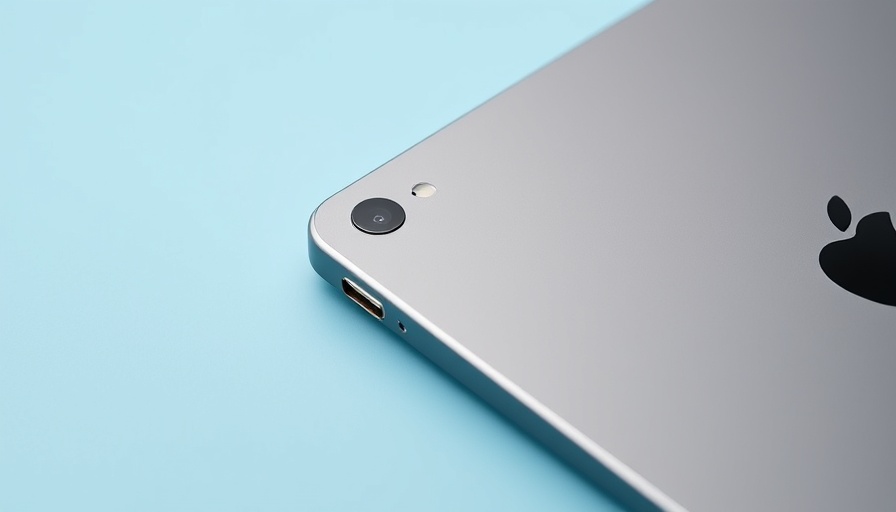
Understanding Your Rearview Mirror: Essential Knowledge for Every Driver
As a homeowner and a driver, knowing the functionality of your car’s rearview mirror can significantly enhance your driving experience, especially during nighttime travel. The little tab on your rearview mirror promises more than just basic visibility—it can be the key to safer driving by minimizing glare from the bright headlights of the vehicles behind you.
Night Driving: Understanding the Risks
Driving at night poses unique challenges that can inherently increase the risk of accidents. With less natural light and headlights from oncoming traffic often blinding drivers, navigating the roads can be particularly hazardous. Fortunately, being equipped with the right knowledge about your rearview mirror settings can empower you to mitigate some of these dangers.
The Day and Night Settings: What You Need to Know
Most rearview mirrors are designed with a simple toggle mechanism that allows the driver to switch between day and night modes. The daytime setting provides a clear view of what’s behind you but does nothing to reduce glare. In contrast, the night setting is specifically engineered to minimize the reflection of headlights, providing a dimmer yet safer view. To engage this function effectively, note that in older vehicles, you typically need to pull down the tab located at the bottom of the mirror.
Maximizing Clarity: Importance of the Day Setting
Have you ever been in a situation where the glare distracts you while driving? It’s more than just an annoyance; it can severely impair your vision. The default day setting ensures you retain maximum clarity of your surroundings. According to the Mazda CX-30 owner's manual, ensuring that the mirror is correctly set before driving can prevent hazardous situations. Always check to confirm it's on the proper day setting during the day, especially if you've switched it last-minute.
Benefits of Automatic Mirrors: A Step Towards Safety
Modern cars come with advanced technology, including automatic adjusting mirrors that react to external light. These mirrors use sensors to detect brightness, transitioning between night and day settings, thus ensuring you’re always prepared for any driving conditions. However, they revert to the brightest setting when in reverse, offering the best visibility when backing up—a feature that enhances both safety and convenience.
Take Control of Your Night Driving Experience
Understanding your rearview mirror settings is essential for navigating nighttime driving challenges. Make it a habit to check your mirror settings when transitioning from day to night driving. Being proactive can significantly reduce glare and boost your confidence behind the wheel.
Next time you’re driving at night, remember the power of that little tab on your rearview mirror. It may seem insignificant, but it plays a crucial role in your night driving safety.
 Add Row
Add Row  Add
Add 




 Add Row
Add Row  Add
Add 

Write A Comment